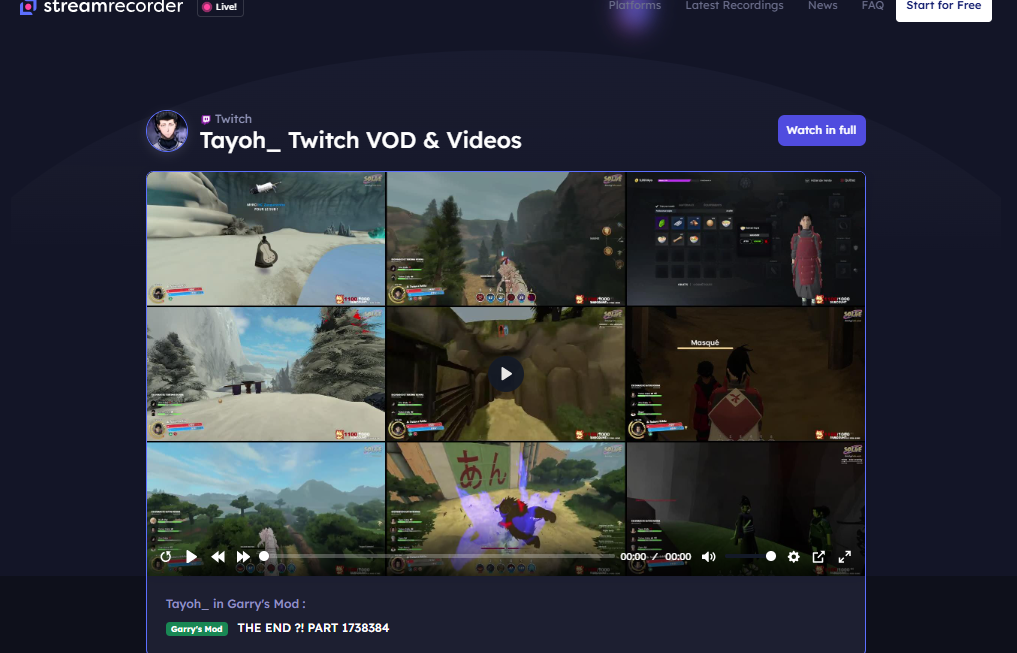When you step into the world of project management, it’s not unlike navigating a vast and unpredictable ocean. The ship represents your project, the sails are your strategies, and the winds are the opportunities and risks. But no voyage succeeds without a crew and passengers—your stakeholders—whose needs, concerns, and ambitions must be carefully balanced. This is the essence of stakeholder management, and in the bustling project landscape of Chennai, mastering it is what sets leaders apart.
Understanding Stakeholders as a Living Network
Stakeholders are not static figures on an organisational chart. Think of them as an intricate web of voices, each with its own rhythm, priorities, and anxieties. Some are eager cheerleaders, others cautious sceptics, and a few might even be quiet observers whose influence emerges at unexpected times. In PMP classes in Chennai, trainers often illustrate this dynamic by comparing stakeholders to musical instruments in an orchestra. Harmony arises not by silencing any instrument, but by ensuring every note contributes to the symphony.
The challenge for project managers is recognising these unique voices early. Identifying who holds influence, who will use the outcome, and who could block progress gives you the map for steering your project ship wisely.
Building Trust Through Clear Communication
Communication is the bridge between intention and action. Imagine announcing a grand festival in Chennai without giving details of time, place, or purpose—chaos would follow. Projects falter for the same reason when stakeholders are left in the dark.
Effective communication is not about flooding inboxes with updates but tailoring the right message for the right audience. Senior executives might need crisp dashboards, while team members thrive on detailed task instructions. Instructors of PMP classes in Chennai highlight that clarity, consistency, and empathy are three guiding stars for successful communication. The aim is not just to transfer information, but to build trust—the invisible currency that fuels project momentum.
Managing Conflicts as Opportunities
Conflicts with stakeholders are inevitable, but they need not be destructive. Picture a traditional Chennai market where vendors compete loudly for attention. At first glance, it looks chaotic, yet beneath the noise lies a structured rhythm that keeps the market alive. Similarly, disagreements in projects often reveal hidden needs, overlooked risks, or unspoken priorities.
The seasoned project manager does not avoid conflict but reframes it as an opportunity. By listening actively, acknowledging emotions, and seeking common ground, conflicts can transform into moments of alignment. These moments often become turning points that strengthen collaboration rather than weaken it.
Tailoring Engagement to Cultural Context
No two cities are alike in how people communicate, collaborate, and make decisions. Chennai, with its blend of tradition and modern enterprise, offers a unique cultural canvas. Respect for hierarchy coexists with the creativity of agile start-ups. Stakeholder management here requires sensitivity to cultural nuances.
For instance, while formal reports are essential for corporate stakeholders, informal conversations over filter coffee may yield equally valuable insights. Recognising the role of community, family values, and respect for expertise enriches the stakeholder engagement strategy. This cultural fluency, taught in depth during PMP classes in Chennai, helps managers design interactions that resonate locally while maintaining global standards.
Storytelling as a Communication Superpower
Facts and figures are vital, but they rarely inspire. Stakeholders remember stories—narratives that connect data to human impact. A well-crafted story can turn a dry status report into a compelling vision of how the project will improve lives, solve problems, or open opportunities.
Take, for example, a project introducing renewable energy solutions in Chennai’s educational institutions. Instead of only citing kilowatt reductions, framing the narrative around how students will study under brighter, sustainable lights creates emotional investment. Storytelling not only informs but also mobilises, making stakeholders feel they are part of something larger than a deliverable.
Conclusion: Steering Projects with Human Connection
Stakeholder management is not a checklist—it is an art of human connection woven into the science of project delivery. Success lies in seeing beyond tasks and timelines to the people whose hopes, fears, and decisions shape the project’s journey.
In Chennai’s evolving professional ecosystem, where industries are rapidly adapting to global demands, these skills are indispensable. For aspirants attending PMP classes in Chennai, the true lesson extends beyond frameworks and processes. It is about learning to listen like a diplomat, speak like a storyteller, and decide like a captain at sea. When project managers embrace these strategies, they not only deliver outcomes but also create enduring trust, collaboration, and impact.



